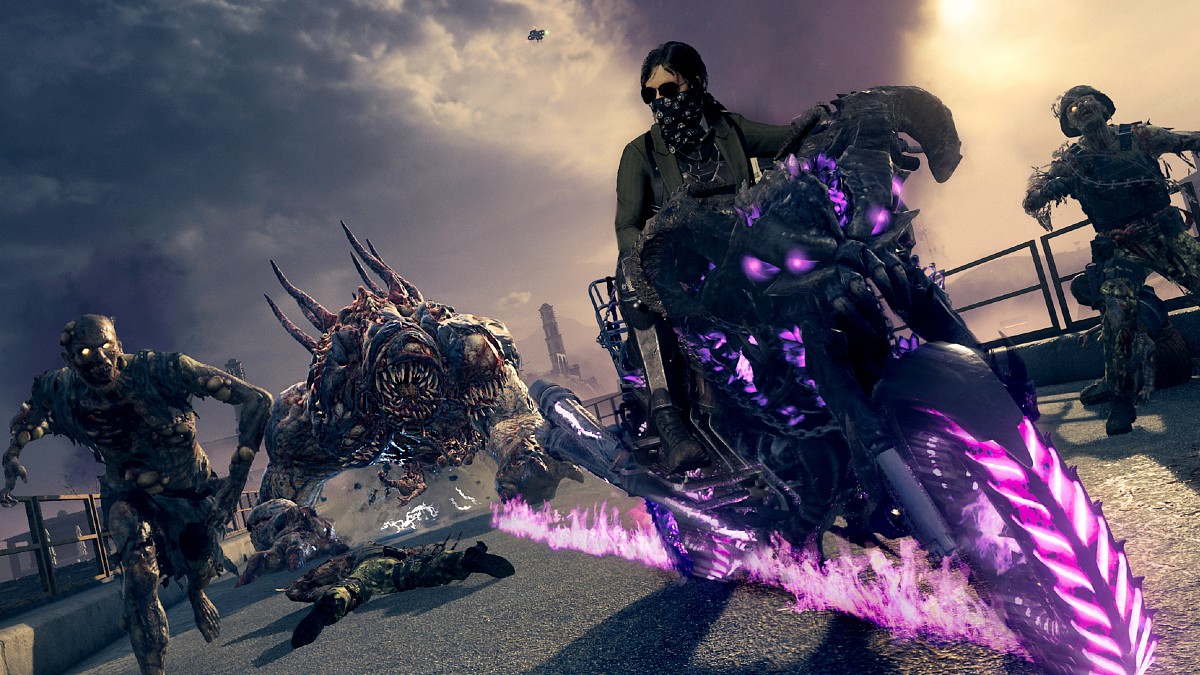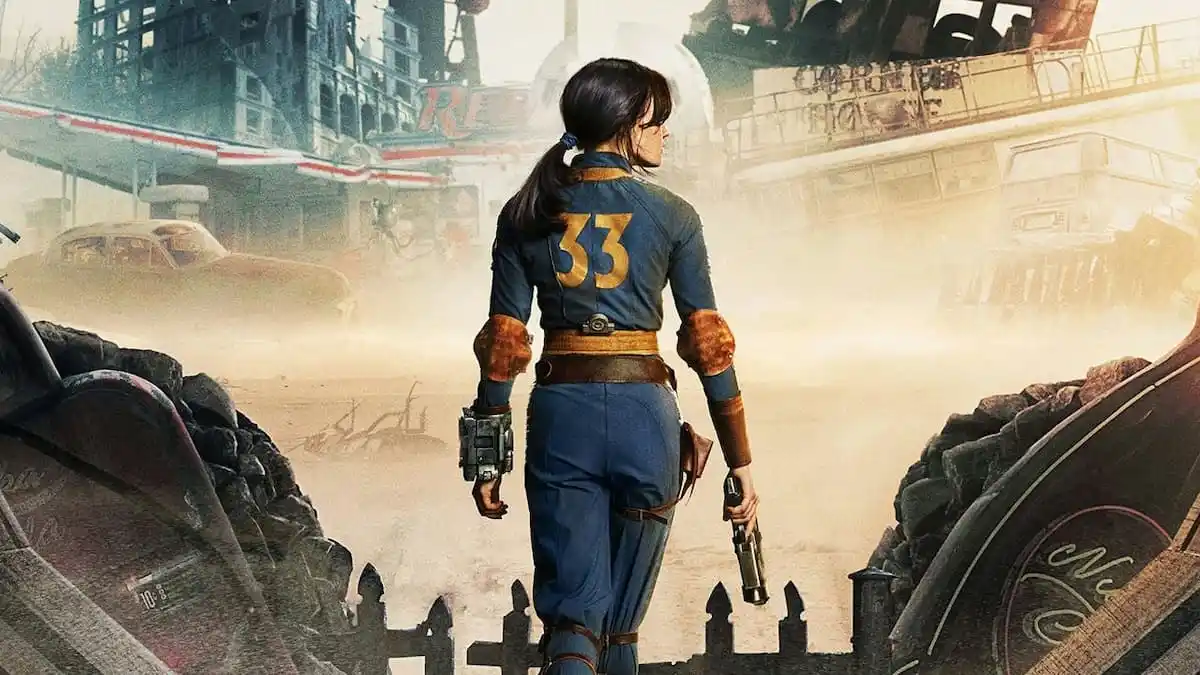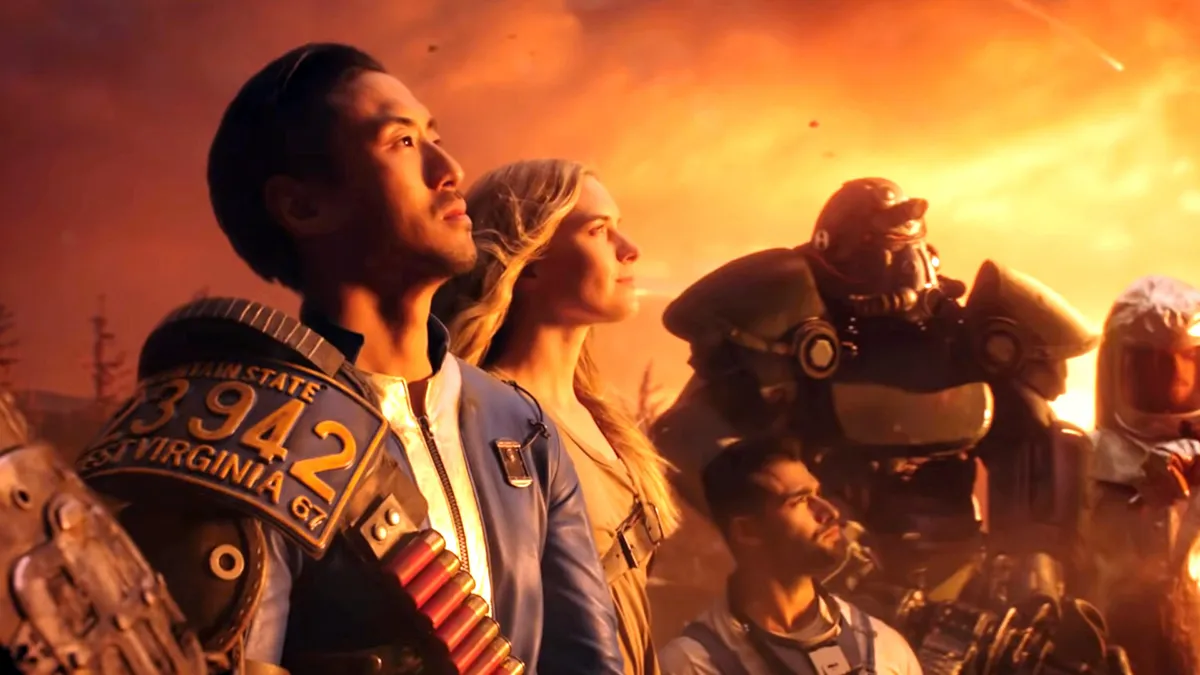The camera swerves around. My subject, Miles Morales, stands in place, frozen and lifeless. He’s sporting a wide grin as he holds the camera as if taking a selfie. He’s surrounded by debris and members of the Demons gang, who have just pulled off a terrorist bombing but now are also frozen. After some tinkering, I finally get my shot: a delightfully ironic image of Miles smiling as he skulks behind one of the Demons. The Spider-Man-to-be returns to looking for his father, sneaking through the chaos of what will turn out to be the worst day of his life.
The sequence is one of the central beats of Marvel’s Spider-Man’s narrative, molding the thematic core and foreshadowing major events later in the plot. The mix of active gameplay and non-interactive story enhances the emerging themes by contrasting a minute level of control with inevitable tragedy.
And yet during the moments when I am fully in control, I can stop everything and snap a bunch of photos. I can have young Miles pose like he’s trying to show off a new outfit, untroubled by the devastation around him.

Photo modes in single-player adventures are one of the most incongruous features of contemporary gaming. While they’re great for showcasing the graphical fidelity of modern big budget titles, allowing players to freeze frame and capture just about any in-game moment with a multitude of on-the-fly editing options endangers a story’s emotional heft. Dramatic propulsion is severely hindered if any piece of gameplay can be paused and made into a Snapchat-style meme to be immediately shared on real world social media channels.
A story like Spider-Man’s requires limitations to function, and photo mode allows those limitations to be broken at any time. When the mode is activated, anything that is currently on screen is brought to a complete standstill. The player is no longer controlling the character but the camera, able to move any way within a certain distance no matter how inappropriate that is to the moment . Suddenly our body in the game transforms from something vulnerable to both physical attacks and emotional wounds from other characters into an omniscient force that exists outside the game’s reality. We commandeer the whole scene, and can now manipulate the player character to do things that are for our benefit rather than theirs.
People who received early access through preorders were quick to use Shadow of the Tomb Raider‘s ability to change Lara Croft’s facial expression in Photographer Mode to create bizarre and to be fair, hilarious images. Snapshots of the mud-covered intrepid archaeologist gently smiling at the screen while impaled through the neck or winking in front of ancient skeletal remains made the rounds. There’s no real rhyme or reason behind these additions other than to produce threads like these, where players ensconced in breathtaking jungle vistas and elaborate ruins paused to share the weirdest and most awkward places they were able make Lara smirk. It got people talking about Shadow of the Tomb Raider, but not because they were excited by its action or story.

That’s the real point of these modes. They’re not for the player, or the game — they’re for the publishers. They’re built-in marketing tools, a way for big studios to entice players to post about the games on social media. Sure, modern platforms come with screenshot and video capture tools, but they don’t inherently let you pause something to get the exact framing you’re looking for. Without a photo mode, you couldn’t capture that perfect image of Spider-Man web-swinging by Avengers Tower right as the sunlight glints off the edge of the building, or the best angles of the stunning Central and South American jungles Lara’s exploring. They’d all have messy UI getting in the way.
Photo modes let fans generate advertising through shareable content, creating memetic gameplay stills that have the sheen of official press materials. They let people have a peek behind the curtain at the kind of intricate work that goes into making games at this scale, granting a modicum of command over the gameplay beyond merely entering the pause menu. In doing so, they sacrifice the relationship between us and the storytelling. We can’t keep jumping out of a story and still expect it to have the same effect.
Games have long toyed with the fourth wall through mechanics like letting characters move during cutscenes, but the game’s story still progressed naturally despite abnormal player behavior. Gordon Freeman might be doing jumping jacks, but the scientists at Half-Life’s Black Mesa would keep talking. The player is also still an active participant in the game’s world, operating within specific boundaries. Gordon can’t make the scientist shut up about dimensional portals so he can snap a sweet candid. Conventional narrative barriers are there to ground us in the world that’s been constructed, and when they’re done right, we barely even notice them while we’re following the plot and exploring the world.

Everything can feel arbitrary and mechanical when we have the power to not just step back from those barriers but to break them down entirely. It’s the difference between shedding a tear because you truly empathize with a teenager losing his dad and just being respectfully quiet because you know it’s an important moment and you should absorb it.
The Hidden City doesn’t have the same level of majesty when Lara’s stopping every so often to take a smiley portrait beside some overgrown statues for a Funny Lara Pics forum thread. Nor does the death of Miles’ father hold the same emotive substance when, seconds prior, I had Miles posing in front of his killers. These are moments and setpieces that don’t need any help to be appreciated, least of all by something that undermines their existence to begin with.
Photo modes may not be immediately intrusive, but even the option interferes because it devalues a player’s agency in the game. We play to be immersed and enthralled by the limitations and secrets of any given virtual world. Our rapport with our avatar and the NPCs and environment is inherently fractured when we have the ability to pause and move outside the entire simulation at our leisure. We become mere tourists in a theme park, cameras at the ready at all times, just waiting for the next absurd moment involving our heroes, wielding neither great power nor great responsibility.





